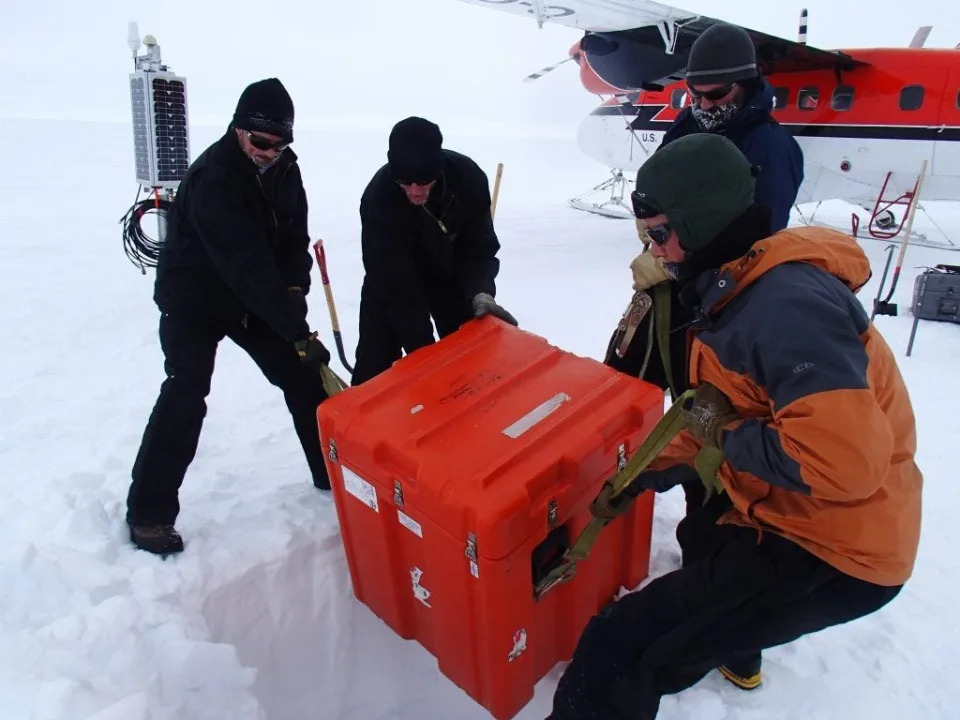The Cool Down
How one arid city is attempting to grow 15 soccer fields of crops in the desert: ‘The world’s most food self-sufficient city’
Wes Stenzel – September 19, 2023

Saudi Arabia has enlisted Dutch greenhouse company Van Der Hoeven to synthesize a climate that will “make the desert bloom,” according to Al Arabiya News, with the goal of building “the world’s most food self-sufficient city.”
What is Saudi Arabia’s synthetic climate project?
Saudi Arabia is building Neom, a brand-new city, in the desert on the coast of the Red Sea. In order to supply food for Neom, the kingdom is paying Van Der Hoeven $120 million to create a synthetic oasis about the size of 15 soccer fields, which will allow crops to be grown in an area that ordinarily cannot sustain much life.
The greenhouses are intended to yield over 300,000 tons of produce in the next eight to 10 years.
The project is expected to begin operating its first site in August 2024 and will be using vertical farming, artificial intelligence, solar and seawater-driven cooling systems, advanced water filtration, and numerous other technologies to bolster Neom’s agricultural capabilities.
“We will scale up to hundreds of hectares with different types of greenhouses,” said Juan Carlos Motamayor, the CEO of Neom Food.
Why is this project important?
Expanding countries’ agriculture infrastructure via synthetic means, like greenhouses, will be an essential part of adapting to our planet’s overheating.
As ecosystems change with rising temperatures, so will their capabilities to grow particular kinds of food, as many fruit, vegetable, and grain plants can only survive in a fairly narrow window of average temperatures.
As such, hotter regions may be unable to grow staple crops that they used to be able to produce to feed their populations, which means they will have to turn to alternative synthetic methods like greenhouses.
By developing and improving technologies and systems that make agriculture possible in difficult climates, we better prepare our societies for rising temperatures.
Greenhouse farming is already an important part of our agricultural systems. In the United States, greenhouse vegetable production made $3 billion in 2021, according to Extrapolate. Tomatoes make up the majority of greenhouse veggies grown in the U.S., but cucumbers, bell peppers, lettuce, and herbs are also commonly grown in greenhouses.
“We are building a synthetic climate where outdoor growing is difficult, with a goal for plants to yield produce year-round,” said Michiel Schoenmaeckers, the CEO of Van Der Hoeven.
“There is no other place in the world that is trying to develop at the scale we want to develop and implement agriculture for arid conditions,” said Motamayor.







